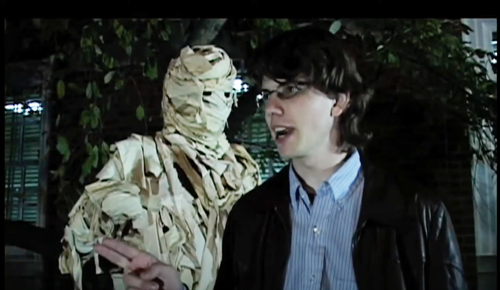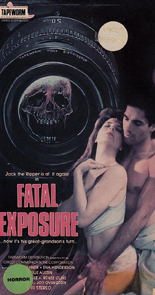
 What do you think about when you hear the word “blood”? Are you obsessed with death and dying? Have you ever wanted to kill someone? Please answer carefully; you could win the right to beget the son of a serial killer!
What do you think about when you hear the word “blood”? Are you obsessed with death and dying? Have you ever wanted to kill someone? Please answer carefully; you could win the right to beget the son of a serial killer!
With a mansion and a mullet, charismatic photographer Jack T. Rippington (Blake Bahner, Caged Fury) is new to the town of Prairieville. Minutes after a Baptist couple stops by to invite Jack to a church supper, he’s convinced them to model for a magazine shoot he’s doing on methods of murder. The husband (one-timer Gary Wise) sees no issue with being locked in a guillotine. Meanwhile, the homely wife (Holly Hunter soundalike Renée Cline, who appeared in four David A. Prior joints the next year) dons kinky lingerie so she can be tethered like a Thanksgiving turkey, then injected with an acid that turns her neck into a piping-hot pepperoni pizza.
See, Jack likes to kill. He also likes, as he breaks the fourth wall à la Ferris Bueller to share, to drink his victims’ blood. “You see, it’s blood that keeps a man potent. Sexually potent, that is,” he says, with the relaxed folksiness of Wilford Brimley shilling Quaker Oats.

After a daytime dump of their bodies in the cemetery, Jack and his wheelbarrow meet Erica (Ena O’Rourke, Molly and the Ghost). Because she looks just like his great granny — and correctly answers all three aforementioned test questions — Erica gets laid, not slayed. Their meet-cute immediately leaps to her agreeing to help Jack acquire bikini models from the big city. What she doesn’t know is he intends to, oh, give them live electrical cables to hold onto.
Only after getting pregnant does Erica start to suspect something’s up besides Baby Daddy Jack’s super-potent penis. That intuition puts her way ahead of Prairieville’s sheriff (Marc Griggs, also one and done), who earlier takes a big swig of blood from Jack’s Thermos and thinks nothing of it, because Mr. Rippington says it’s a Bloody Mary.
 An amazing slice of shot-on-video sleaze shot entirely in Alabama, Fatal Exposure is hardly the only horror film about a homicidal shutterbug. I can say with certainty, however, it’s the only one:
An amazing slice of shot-on-video sleaze shot entirely in Alabama, Fatal Exposure is hardly the only horror film about a homicidal shutterbug. I can say with certainty, however, it’s the only one:
• directed by the cinematographer of Faces of Death sequels, Peter B. Good (is he, though?)
• featuring a huge jug marked “CHLOROFORM” in handwritten lettering
• where the photographer is the great-grandson of Jack the Ripper. Oh, shit, did I spoil that for you?
Bearing a Herschell Gordon Lewis-does-Skinemax quality, which I say with love, the purposely gory, accidentally goofy Fatal Exposure deserves a wider reputation among SOV enthusiasts. As the nutso Rippington, Bahner comes off like a fifth-rate John Stamos, which is to say hardly a threatening descendant of the Whitechapel Murderer. Meanwhile, O’Rourke, née Henderson, exudes competence and confidence no one else in the cast dares match. Not that they try.
And not that Good asked! His stale direction seems focused on persuading O’Rourke and other genuinely attractive women to bare their bodies. That he gets Julie Austin (1989’s Elves) to undergo a super-handsy foreplay sesh in the woods has to count as something of a cinematic feat, considering payment couldn’t have been worth much more than a 2-for-1 coupon redeemable at your local participating Shoney’s. —Rod Lott
Get it at Amazon.
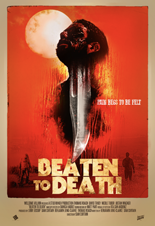
 Think about all the things that would be difficult to do if you no longer had sight: Run. Climb. Avoid barbed wire.
Think about all the things that would be difficult to do if you no longer had sight: Run. Climb. Avoid barbed wire.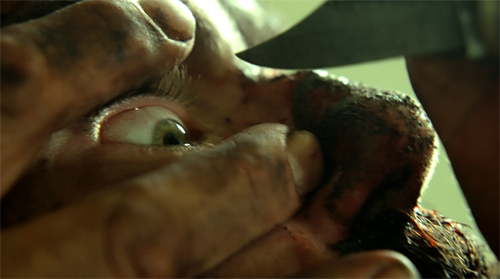

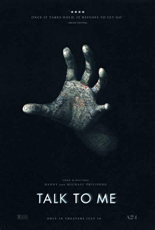
 Horror hasn’t needed a hand for the past decade. Thanks to the likes of
Horror hasn’t needed a hand for the past decade. Thanks to the likes of 



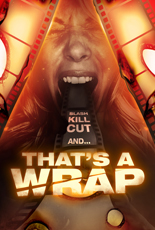

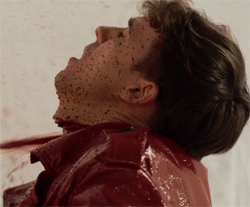
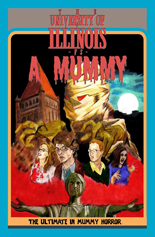
 Frisbee! Hacky sack! Sarcophagi! All abound the college campus in
Frisbee! Hacky sack! Sarcophagi! All abound the college campus in 